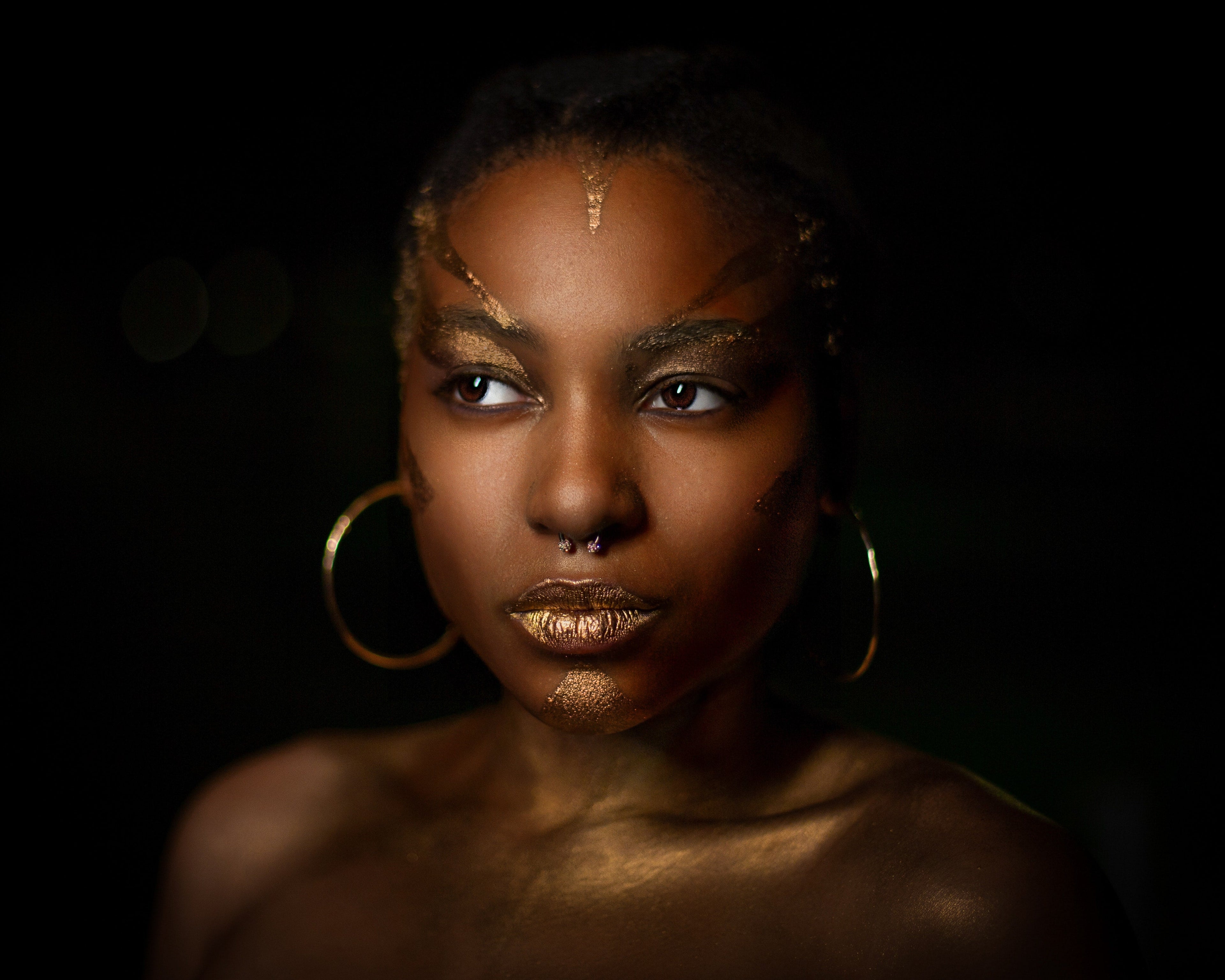Introduction:
Understanding your skin undertone is key to choosing makeup shades that harmonize with your complexion, enhance your features, and create a radiant, flawless look. The world of color theory offers valuable insights into which hues complement different skin undertones, allowing you to unlock the secrets of a perfectly balanced makeup palette. In this blog post, we'll explore the fundamentals of color theory for skin undertones, guiding you through warm, cool, and neutral undertones to help you make informed choices and achieve stunning makeup looks.
1. Identifying Warm Undertones:
Warm undertones have a yellow, peachy, or golden hue. If you have warm undertones, consider these color theory principles:
- Foundation: Opt for foundation shades with a warm, yellow base. These shades will seamlessly blend with your complexion, providing a natural and warm glow.
- Cheeks: Warm undertones are beautifully complemented by shades like coral, peach, and bronze. Choose blushes and bronzers with warm undertones to add a touch of warmth and dimension to your cheeks.
- Eyes: Warm-toned eyeshadows like copper, bronze, gold, and warm browns beautifully enhance warm undertones. These shades create depth, warmth, and a captivating gaze.
- Lips: Choose lip colors with warm undertones, such as peachy nudes, terracotta, warm reds, and brick shades. These hues bring out the warmth in your complexion and create a harmonious balance.
2. Embracing Cool Undertones:
Cool undertones have a pink, blue, or rosy hue. To flatter cool undertones, consider the following color theory tips:
- Foundation: Look for foundation shades with a cool, pink base. These shades will provide a natural and seamless match, creating a cool and even-toned complexion.
- Cheeks: Cool undertones are beautifully enhanced by shades like soft pinks, mauves, and cool-toned bronzers. These hues add a natural flush and create a flattering contrast.
- Eyes: Cool-toned eyeshadows like icy blues, purples, silvers, and cool grays can make your eyes pop. These shades create a captivating and striking contrast against cool undertones.
- Lips: Choose lip colors with cool undertones, such as soft pinks, berry shades, mauves, and deep plum hues. These colors harmonize with cool undertones, enhancing your lips and overall makeup look.
3. Embracing Neutral Undertones:
Neutral undertones have a balanced mix of warm and cool tones, allowing for versatility in color choices. Consider the following tips for working with neutral undertones:
- Foundation: Look for foundation shades that have a balanced mix of warm and cool tones, creating a seamless and natural match for your complexion.
- Cheeks: Neutral undertones can effortlessly embrace both warm and cool shades. Experiment with a variety of blushes, bronzers, and highlighters to find what suits your preferences and desired look.
- Eyes: Neutral undertones provide the freedom to explore a wide range of eyeshadow colors. From warm neutrals to cool blues and grays, you have the flexibility to play with various shades and create diverse eye-catching looks.
- Lips: Neutral undertones offer the opportunity to experiment with both warm and cool lip colors. From nude and soft pink shades to reds and berries, you can choose based on your mood and the look you want to achieve.
Conclusion:
Understanding color theory for skin undertones empowers you to select makeup shades that perfectly complement and enhance your complexion. By embracing the principles of warm, cool, and neutral undertones, you can create a harmonious and balanced makeup palette that highlights your natural beauty.


